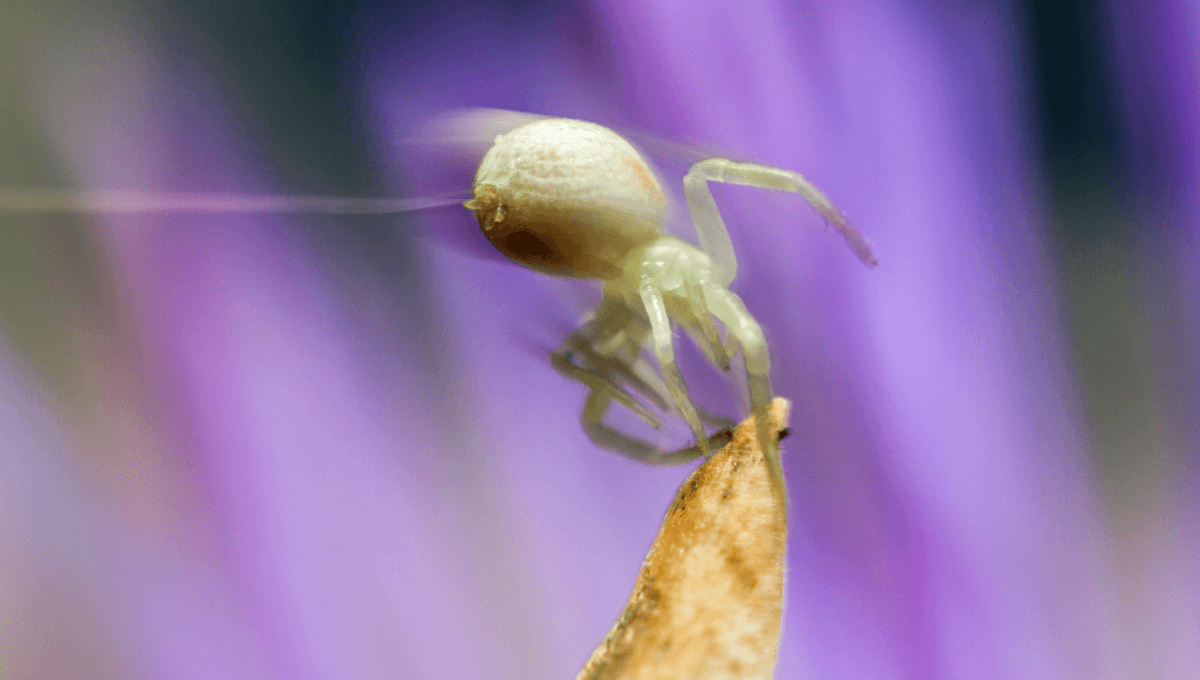
Spiders really can do it all. I guess that’s what you get for having eight limbs and eight eyes (most of the time), super-strong silk, and legs that act like ears. Web spinners have dominated the land while fishing spiders have conquered water, but did you know that there are also spiders that can fly?
The rest of this article is behind a paywall. Please sign in or subscribe to access the full content.
Flying spiders exhibit a behavior known as “ballooning,” and it can take them to all sorts of places. Just ask the salticids, jumping spiders that are also known to get around by air.
How did the jumping spider cross the mountain range?
Earlier this year, a whole new genus of jumping spiders was discovered in the alpine regions of Aotearoa New Zealand. The most widespread of the bunch was Ourea petroides, which was found from Kahurangi National Park all the way over to Arthur’s Pass National Park.
Boingy though jumping spiders may be, that kind of distribution probably isn’t something you achieve on your eight tiny feet alone, oh no. For that kind of spread, you’ve got to fly.
Ballooning is commonplace among the salticids, as well as numerous other flying spider groups. The behavior essentially uses a piece of silk like a parachute so that the spider can take off, but there’s a bit more to it than wind.
How do spiders fly?
In 2018, a study looked at what factors influenced a spider’s ability to fly, and when they decided to do it. They saw that the spiders displayed a behavior called tiptoeing to get their abdomens high in the air and were able to take off even if there was no airflow.
The name “ballooning” sort of paints a picture of spinning yourself a parachute and using that to catch a breeze, but it’s actually something else that gives flying spiders the lift they need. Scientists got a clue as to what that crucial force might be when they noticed that ballooning spiders were sensing electric fields with tiny hairs called trichobothria, and using this as an indicator of when to take off.
Sure enough, when they experimentally shut off electric fields around ballooning spiders, they couldn’t fly. It seems the electric fields at strengths like those found in the atmosphere are all a spider needs to get lift, allowing them to travel far and wide.
“Previously, drag forces from wind or thermals were thought responsible for this mode of dispersal, but we show that electric fields, at strengths found in the atmosphere, can trigger ballooning and provide lift in the absence of any air movement,” said lead researcher Dr Erica Morley, an expert in sensory biophysics, in a statement in 2018. “This means that electric fields as well as drag could provide the forces needed for spider ballooning dispersal in nature.”
So, if you ever find a baby spider crawling on you while sitting out in nature, try holding it up on your hand. If it starts pointing its rear end into the air, there’s a good chance you’re about to see the magic happen.
Source Link: Flying Spiders Are Real, But It’s Not As Frightening As It Sounds